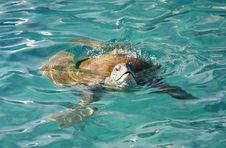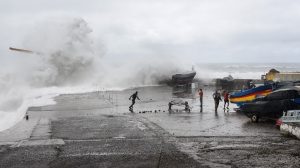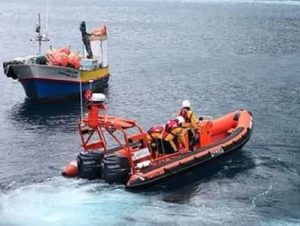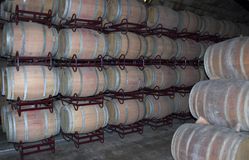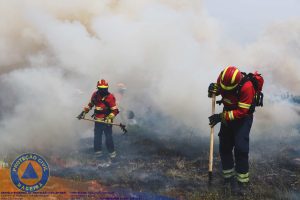Similar to the multidisciplinary expedition organised in Porto Santo in 2020, MARE-Madeira is carrying out a scientific expedition in the Desertas Islands, in partnership with the Instituto das Florestas e Conservação da Natureza (IFCN), and the Regional Directorate for the Sea (DRM).
The objective of this campaign, called MARE@Desertas, is “to characterise biodiversity, identify impacts of human pressures and assess the effects of protection measures in these remote Marine Protected Areas, using different methodologies to produce multiple information layers.”
After the MARE@Porto Santo 2020 expedition, researchers now intend to focus on the Desertas Islands Nature Reserve located south of Ponta de São Lourenço.
During the expedition, which began in June this year and should end in the middle of next year, several technical teams will carry out work from the top of Bugio, Deserta Grande and Ilhéu Chão to the bottom of the ocean.
In total, about eight teams are expected to be on the ground, “each with specific objectives, including mapping habitats using drones and other technologies, characterising coastal communities, assessing contamination with marine litter and placing sensors to record variations in temperature in different places of the reserve.”
According to the institution, the experience of previous initiatives and campaigns has allowed for the detailed planning of this ambitious initiative. Thus, in the coming months, about thirty researchers, technicians and students will visit the Desertas in limited groups, since the Reserve does not allow too many people to stay on the island at any one time.
In total, the planned investigation and survey work should take about a year, with some trips supported by the IFCN, and others using chartered vessels and diving support services provided by local companies.
MARE-MADEIRA further informs that the expedition, which brings together researchers and means involved in various research and development projects, uses various equipment, technologies and sensors available and capitalises on the technical-scientific knowledge of researchers from different areas of biology, ecology and technology; carry out censuses, cataloguing, mapping and monitoring of conditions from the intertidal zone to 150 metres. To date, two teams have been active; one using remote video systems to catalogue coastal fish diversity and a scientific diving team to characterise communities in submerged habitats.
In the coming months, the expedition and scientific work will continue, with teams of researchers visiting the Desertas Islands to place sensors, collect aerial images for mapping, collate bathymetric data, characterise coastal communities, explore deep habitats and assess contamination by marine litter. and micro plastics. From a scientific point of view, the information and data collected will contribute to a greater understanding of the marine diversity and habitats present, as well as to a better understanding of the effects of human pressures and the different protection measures in the Marine Protected Areas of the Region.
I was lucky to stay at the Desertas in the Rangers accommodation in 2004, and apart from the cold showers and being followed by a curious seagull, it was an amazing experience, as we were able to sail alongside dolphins and their young, pilot whales, saw turtles and then on day two climbed a sheer rock face to go and look for poisonous spiders – it was a once in a lifetime experience!
Samantha Gannon
info at madeira-weekly.com

